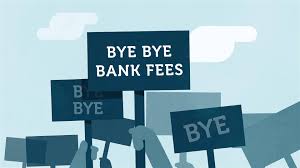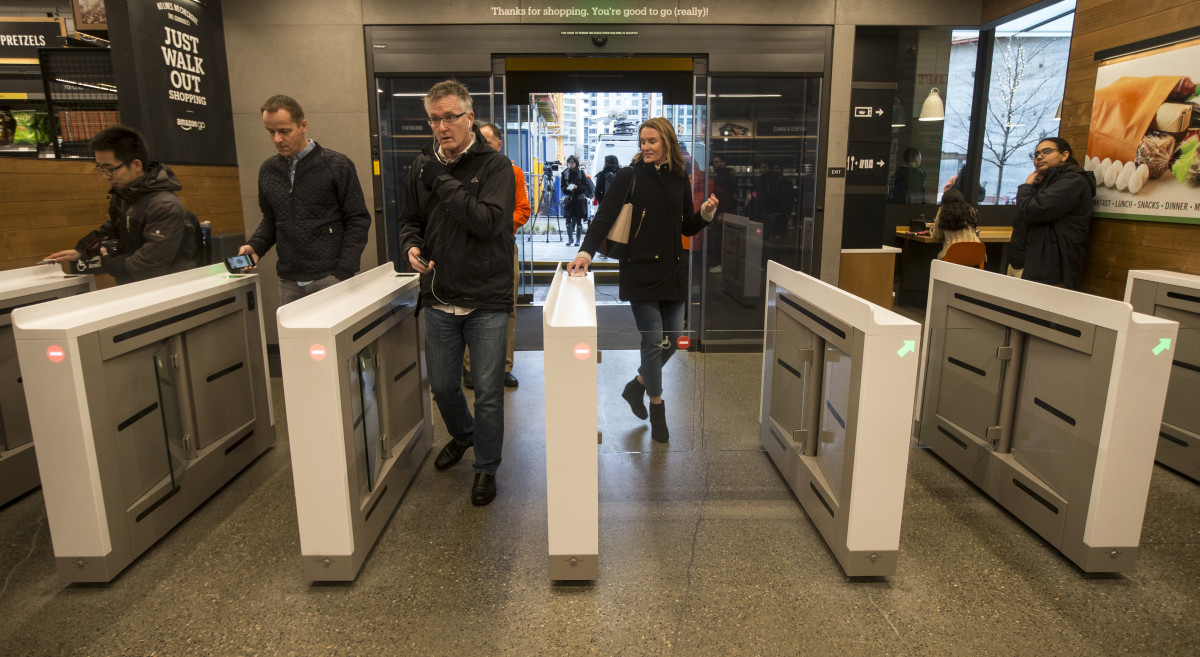AN EMPTY SALES PIPELINE VS A MISMANAGED ONE
With a brand new year underway, I am sure you and your team have a lot of tasks to handle, and probably some new habits to work on as you stick to your resolutions. However, as you start on this New Year in all its glory, keep in mind one critical element you’re carrying over from last year: your sales pipeline. When it comes to salespersons, it is not just their physical health that needs to be at its finest; their sales pipeline needs to be fit as a fiddle too. As your sales team constantly fills pipelines with deals, they should be constantly checking the pulse of those deals in order to ensure that they achieve the healthiest results.
So, what exactly are the signs that indicate a healthy sales pipeline?
• It has prospects at each stage: Though it sounds obvious but focusing entirely on closing deals at the latter stage without actually filling the pipeline at the beginning, you’ll be left stranded in the desert once those deals are closed.
• It keeps moving: A pipeline needs to flow constantly. If a deal stays for too long at one stage, chances are, that it won’t close. Take a good look at the deal and sort it out in case it sticks for longer than you expect.
• Updated and accessible: A good sales pipeline should be visible and open to people in the sales process. It can help teams leverage other people’s connections and maybe even indulge in healthy competition. Also, if you fail to keep it up to date and review it regularly then it is of no use.
Now that we’ve learnt all about being healthy; let’s come to the part you’ve all been waiting for (i.e. the post title);
Empty Sales Pipeline VS Mismanaged Sales Pipeline.
An empty sales pipeline as the name suggests is one without any prospects. When managers pass down instructions to update pipeline, rarely do executives take it seriously. Although emptying your sales pipeline might seem counter-intuitive, but it is imperative for most sales executives. When people talk about “an empty pipeline,” they don’t necessarily mean having no prospects at all but instead about being choosy about whom you keep in the funnel when it is time to clean house.
The idea of “bigger is better” isn’t always true in the case of sales pipelines.
For instance, if your goal is to have at least 15 deals in your pipeline at any certain point of time, and you have 40, this seems like a better situation, doesn’t it? Having so many deals in hand you probably think you are at your A-game.
No matter how pleasing it sounds in your head, it may not always be the case. Too many deals spread across your board don’t give much room to explore resources optimally. As you are unable to give proper attention to all the leads, some grow cold.
Once you stress over the fear of an empty pipeline, you are prone to let it get overstuffed with prospects. This will give birth to what you should actually fear: mismanaged pipelines.
An interesting thing is that effective lead management is directly proportional to the revenue growth. A research conducted by Vantage Point Performance and the Sales Management Association revealed that 44% of executives in B2B companies think their organization is ineffective at managing their sales pipeline. In another survey by Harvard, companies that reported ineffective pipeline management had an average growth of 4.6% while those with effective pipeline management saw 28% higher revenue growth.
Hence, the enemy here is sales pipeline mismanagement. You may have multiple executives working on the same opportunity independently without having any idea. This will distribute your resources at unruly tasks while minimizing sales potential. Since, you have no key insight into your actual sales potential, you won’t be able to manage your budget, operations or sales activity etc. In addition to this, the targets set will seem too high to reach ultimately jeopardizing operations and your brand’s reputation.



















